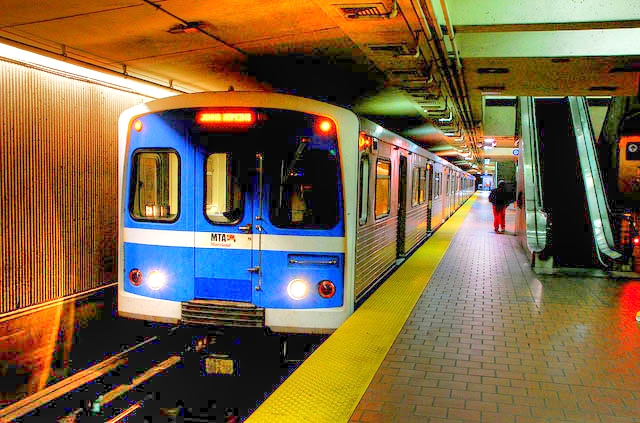Washington Metro is shutting down parts of its rail system in succession so it can do maintenance work on them. Commuters appear to be adjusting to Metro’s slowdowns and shutdowns, but Metro employees haven’t.
Metro calls its maintenance program “SafeTrack,” but it appears to be anything but safe. In the course of one five-hour period yesterday, a Metro maintenance railcar derailed; a train carrying passengers collided with the mirror on the derailed railcar; and an empty train collided with a stationary train in a rail yard.
Fortunately, no one was hurt, but why was a revenue train allowed to use a track right next to the derailed railcar? Why did the railcar–whose job it was to secure rails to the ties–derail in the first place? Did the operator of the train in the rail yard fall asleep? All these events suggest that, while Metro may be spending money on maintenance, it still does not have the safety culture it needs to operate a public transportation system.








